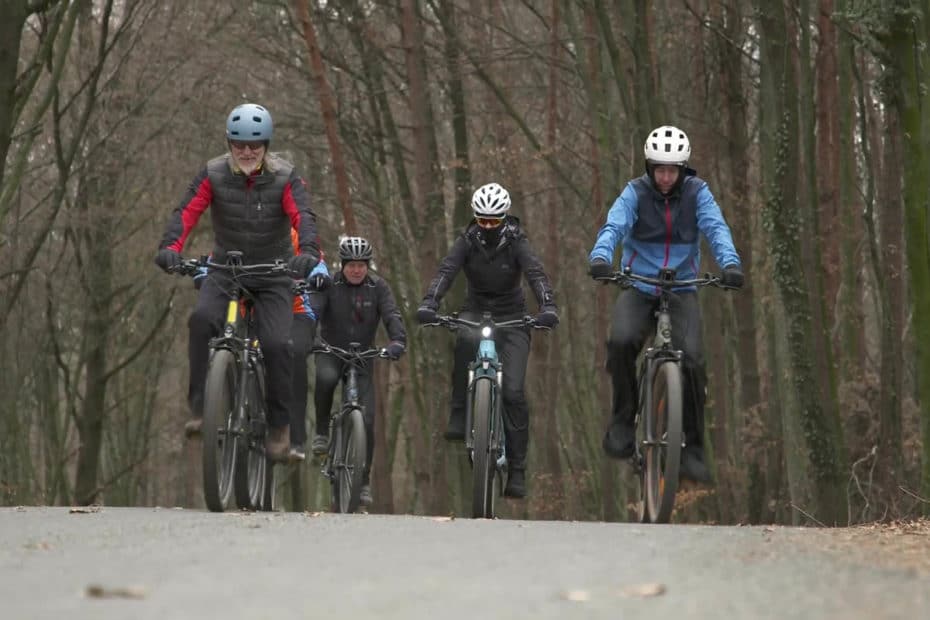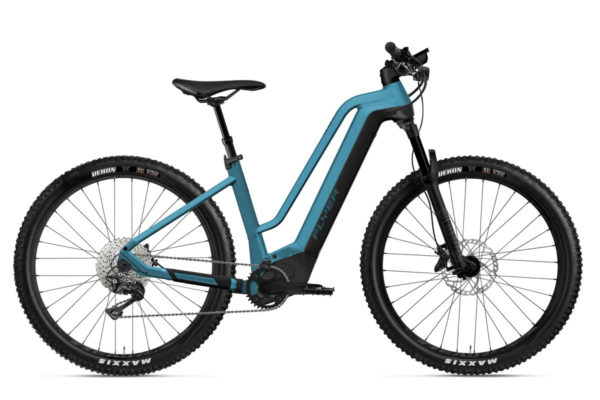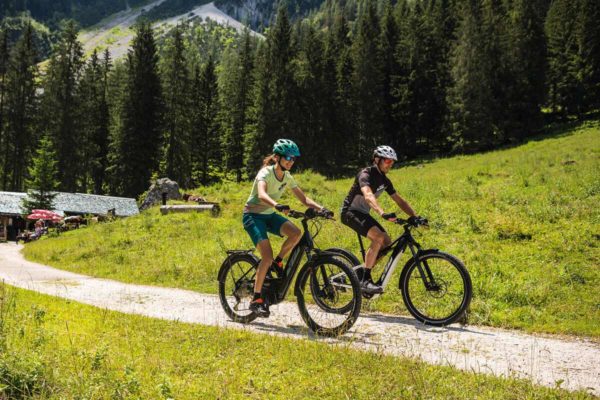How does KTM keep doing this? A renowned organisation like Stiftung Warentest or the Allgemeine Deutsche Automobil-Club test ebikes and a model from the Austrian manufacturer KTM finishes among the best, if not as the best. This time, Stiftung Warentest put a total of nine SUV ebikes under the microscope. And once again, first place goes to KTM.
KTM beats the competition for the third time
With the victory of the Macina Aera 671 PTS LFC, KTM underlines its image as one of the best in the industry when it comes to ebikes that comfortably combine sportiness and suitability for everyday use. It was precisely this profile that Stiftung Warentest’s test was aimed at. The requirements for the bikes were:
- SUV pedelec with mid-mounted motor
- fully integrated battery
- frame with (relatively) low step-through
- hydraulic disc brakes
- equipment in accordance with the road traffic licensing regulations in Germany
Following this call, a total of nine manufacturers sent these ebikes to the start:
- Centurion Country R960i
- Corratec MTC 12S Trinity
- Cube Nuride Hybrid EXC 625 Allroad
- Flyer Goroc 2
- Kalkhoff Entice 5.B Advance+
- KTM Macina Aera 671 PTS LFC
- Simplon Kagu Bosch CX275
- Specialized Turbo Tero 4.0 EQ Step
- Stevens E-Universe 6.5 FEQ Forma
The best score was given to the ebike from KTM. The overall score of 1.8 was tantamount to victory. This means that the manufacturer is once again at the top of the field of participants. It had already achieved the same in 2020 and 2018. Two years ago, the KTM Macina Tour 510 was the best low-step ebike tested. The KTM Macina Fun 9 SI-P5I came out on top in 2018, when the focus was on trekking ebikes.
Versatility is in demand
The starting point of this year’s test was Styria in Austria. According to Stiftung Warentest, the testers there had ridden each bike several hundred kilometres in different weather conditions in spring. In addition, the surface changed back and forth several times between asphalt, gravel and sometimes deeper, softened forest soil. All of this happened with and without panniers.
Accordingly, a large part of the attention was on the handling of the bikes. Fortunately, even the changing conditions did not present the test bikes with too many challenges. Only the Kalkhoff model was found to have certain weaknesses by Stiftung Warentest. It was unstable when riding with luggage. The pedals on the Simplon model also attracted negative attention. In wet conditions, they did not provide enough grip for the shoes. The field was apparently similarly close to each other later in the laboratory tests.

Decision at the socket
Charging the batteries, on the other hand, was a discipline that separated the wheat from the chaff. Not in terms of safety, where everything was fine from the testers’ point of view. However, chargers with different strengths in combination with different ebike drives revealed major differences in terms of charging time. Although the Flyer Goroc 2 has the largest battery capacity with 750 watt hours, two hours and 40 minutes are sufficient for a complete charge. The fast charger from FIT with its charging current of six amps does a superb job. In the case of the Cube and Corratec models, you have to reckon with more than eight hours before the Bosch 2A charger has brought the PowerTube battery with its 625 watt hours up from zero to one hundred percent.
Upper middle class in the test
In comparison with previous editions, it is noticeable that this time Stiftung Warentest has tested more expensive ebikes than ever before. The purchase prices of all bikes range between 3,300 euros and 5,350 euros. Four years ago, the range was from 2,000 euros to 2,900 euros. Despite the increased prices, Stiftung Warentest sees the test bikes not as true all-rounders. In general, either the more sporty or the more comfortable character predominated in each model. Yet this did not have a significant effect on the overall rating. Seven of the nine ebikes were rated “Good”.
Well-balanced and full of ideas
Why does the KTM Macina Aera 671 PTS LFC ultimately come out on top? The testers particularly praised the agile handling of the SUV ebike and its versatility. At the end of the day, it simply did not show any major weaknesses. This also refers to the results from the test laboratory when it comes to meeting all safety requirements as well as the splash water protection of the battery, motor and display.
KTM itself is understandably delighted with the third victory in a row. “The letters KTM are associated with quality. This quality standard has the highest priority for us every day. To get the StiWa seal in a hattrick is the result of our hard work, also and especially in times of crisis,” explains Johanna Grabner-Urkauf, Managing Director of KTM Fahrrad GmbH. Stefan Limbrunner, her colleague from the management, emphasises how much innovative power is in the winning model, alluding to details such as the raised chain stays that run directly into the down tube. “Every year we generate close to 40 per cent of our turnover with products that didn’t exist a year before.”
Pictures: Stiftung Warentest; KTM Fahrrad GmbH















